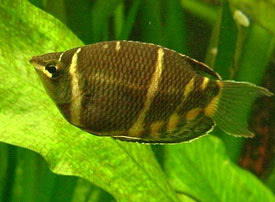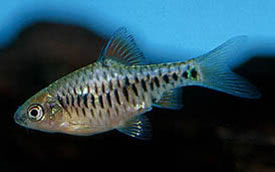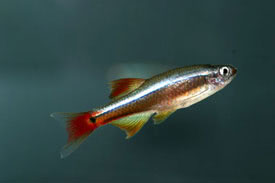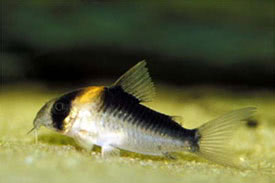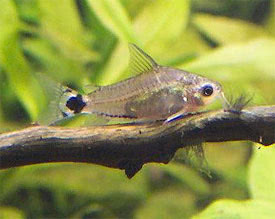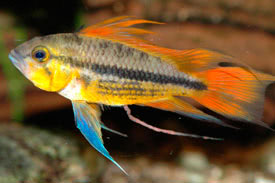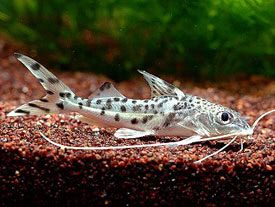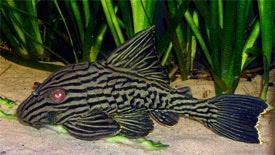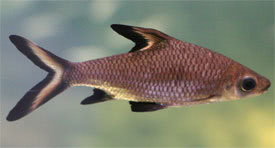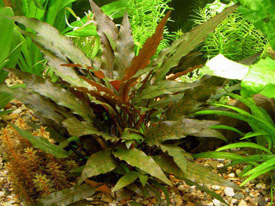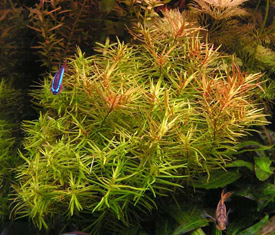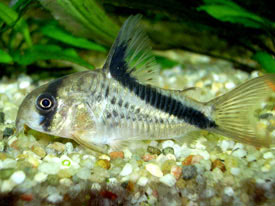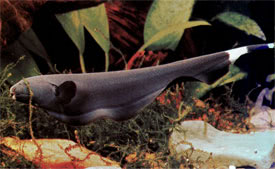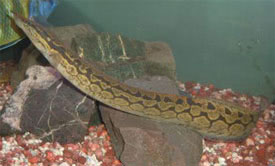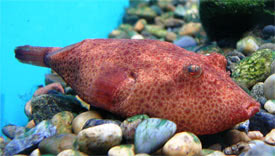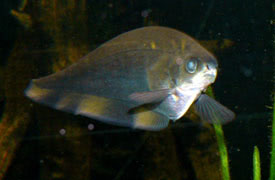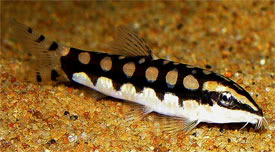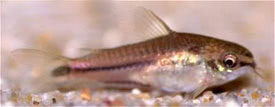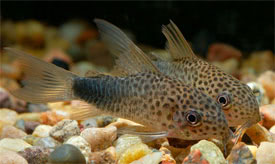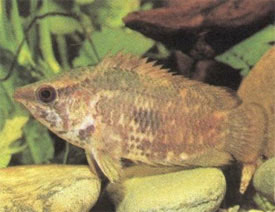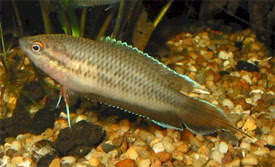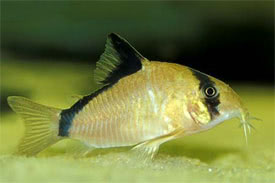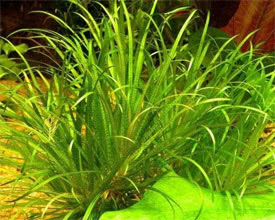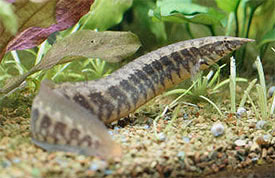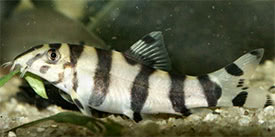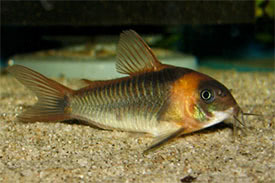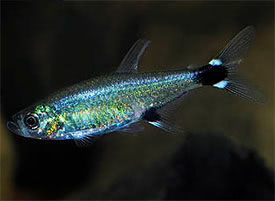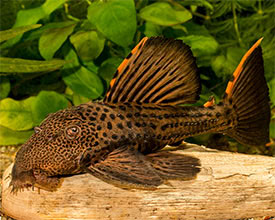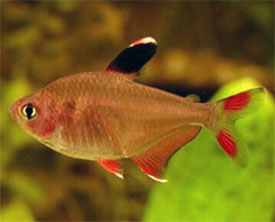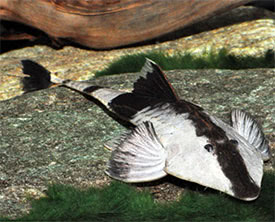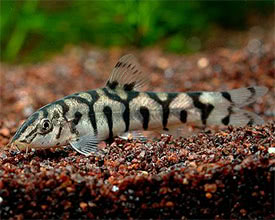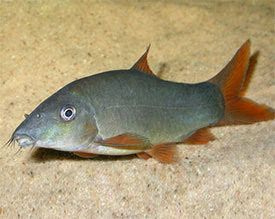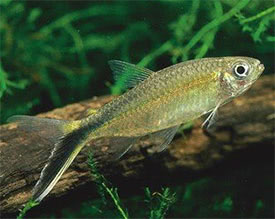
 Magyarul / Hungarian
Magyarul / Hungarian





- Scientific name: Ancistrus cirrhosus
- Synonyms: Hypostomus cirrhosus, Ancistrus sp(3)
- Common name: Common Bristlenose Catfish, Jumbie teta
- Group: Catfishes
- Habitat: South America
- Size: 12,5 cm
- Biotope: Inhabits in rivers and floodplain areas of the Amazon River.
- Social behavior: A peaceful catfish ideal for a community tank. The males can be territorial, but several can be kept in larger tanks.
- Diet: Omnivorous; the diet primarily should be vegetable matter such as cucumber and spinach, and spirulina. It will also accept live and frozen foods.
- Breeding: Easy
- Tank: Minimum 90 litres
- Population: 1 pair for 90 litres
- Decoration: This catfish likes roomy tanks with plenty of hiding places and a strong current. Provide good aeration. Bogwood and roots are essential.
- Temperature: 22-27 °C
- pH: 5,8-7,5
- Hardness:1-15 NK°
- Lifespan: 10-15 years
Description: Their base color is typically mottled brown, with small white or yellow spots on the body. Their fins have the same pattern. Several man-made varieties also exist, including piebald, albino and long finned forms. Mature males and sometimes females have soft tentacles on the snout, but only the males have head tentacles. Like other plecs benefit from the addition of bogwood, which they will rasp at and use as a hiding place. Nocturnal fish, it become active at dusk.
This fish is a cave spawner and prefers spawning in tight cracks between rocks and in crevices. The caves can be formed from rock piles, small flowerpots or roots. What is important is that the entrances must be only slightly larger than the fish. Put one male and several females in the breeding tank. The male will choose a cave and defend it vigorously. To stimulate spawning try try conducting a large (50%) water change. The male attract females to this cave, and after the female goes inside to lay her eggs the male re-enters the cave and fertilises them. The female plays no further part in broodcare. Afterspawning the male defends the cave and takes care of the eggs. Males inspect eggs to remove diseased or infertile eggs, and aerates the clutch by fanning them with its pectoral and pelvic fins. The number of the eggs can be 40-50. The eggs are hatch after 4-5 days, and the fry then remain in the cave, under the protection of the male for 5-7 days. A male bristlenose may guard several clutches of eggs simultaneously. The fry will need heavy feedings of vegetables. Fry will feed from free-swimming on the same diet as parents.







